Noticed that the back of your iPhone is pulling away from the screen? Or that it’s turning off unexpectedly? This could be a sign of battery swelling, a serious issue that affects many iPhones, especially as they age or are exposed to repeated charging cycles. In this post, we’ll explore what causes an iPhone battery to swell, why it’s important to address it, and how to keep your device (and yourself) safe.
Why Do iPhone Batteries Swell?
iPhones use lithium-ion batteries, known for their efficiency and ability to be recharged repeatedly. However, when a lithium-ion battery starts to malfunction, gases can build up inside, causing it to swell and push against the phone’s components. Here are a few common causes:
- Battery age: Older batteries have reduced capacity and stability, making them more susceptible to swelling.
- Excessive heat: iPhones left in direct sunlight or warm environments for long periods can heat up, impacting battery health.
- Improper charging practices: Overcharging (leaving it plugged in after reaching 100%) or using non-certified chargers can degrade the battery.
- Physical damage: Drops or impacts can damage the internal structure of the battery, potentially leading to expansion.
Why Ignoring a Swollen iPhone Battery Is Risky
A swollen battery isn’t just a sign that your iPhone needs a repair; it’s a potential safety risk. Here’s why you should act quickly:
Fire hazard: While rare, swollen iPhone batteries can overheat and, in extreme cases, catch fire. The swelling indicates the battery is malfunctioning and unable to safely store energy.
iPhone damage: A swollen battery exerts pressure on the screen and internal components, possibly causing permanent damage to the device.
Step-by-Step Guide: What to Do If Your iPhone Battery Is Swelling
- Power off your iPhone immediately: To reduce the risk of overheating, turn off the device as soon as you notice any swelling.
- Avoid charging or using it: Do not charge the device or use it until the battery issue is resolved.
- Don’t attempt DIY removal: Removing a swollen iPhone battery yourself can be dangerous. If punctured, it could release toxic chemicals or catch fire.
- Visit an authorized Apple service provider: Apple’s technicians are equipped to safely handle and replace swollen batteries. You can schedule an appointment at your nearest Apple Store or authorized repair center for a professional assessment.
- Dispose of the battery properly: Swollen batteries contain harmful chemicals, so be sure to recycle it through an electronics recycling facility.
How to Prevent Battery Swelling on Your iPhone
Here are some ways to keep your iPhone battery in optimal condition and prevent future swelling:
1. Use high-quality charging accessories: Apple-certified or high-quality third-party accessories, like the Volta Max Cable, provide a stable and safe charging experience. Unlike uncertified chargers that can lead to battery strain or overheating, the Volta Max Cable is built to protect your device with built-in resistors and USB-IF certification, making it a reliable option for any iPhone user.
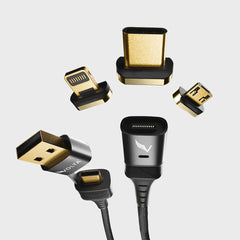
Volta MAX - 240W USB-C Magnetic Charging Cable (Nylon Braided)
$36.00 $0.00
✅ Easy Magnetic Connection ✅ Snap to Charge Your Phone, Laptop, and More ✅ Charges ALL Apple Lightning, USB-C & Micro USB Devices ✅ Supports ...
2. Avoid high temperatures: Keep your iPhone out of direct sunlight and away from heat sources to prevent battery strain.
3. Follow proper charging practices: Unplug your iPhone once it’s fully charged and avoid leaving it plugged in overnight.
Conclusion
If your iPhone is showing signs of a swollen battery—like the back lifting from the screen or unexpected shutdowns—act quickly. A swollen battery can pose serious risks, but by powering off your device and visiting an Apple technician, you can keep yourself and your iPhone safe.
Taking preventative measures, like using certified charging accessories such as the Volta Max Cable and keeping your device away from heat, will help maintain battery health over time. Don’t ignore the warning signs; acting fast can save your device and avoid potential hazards.
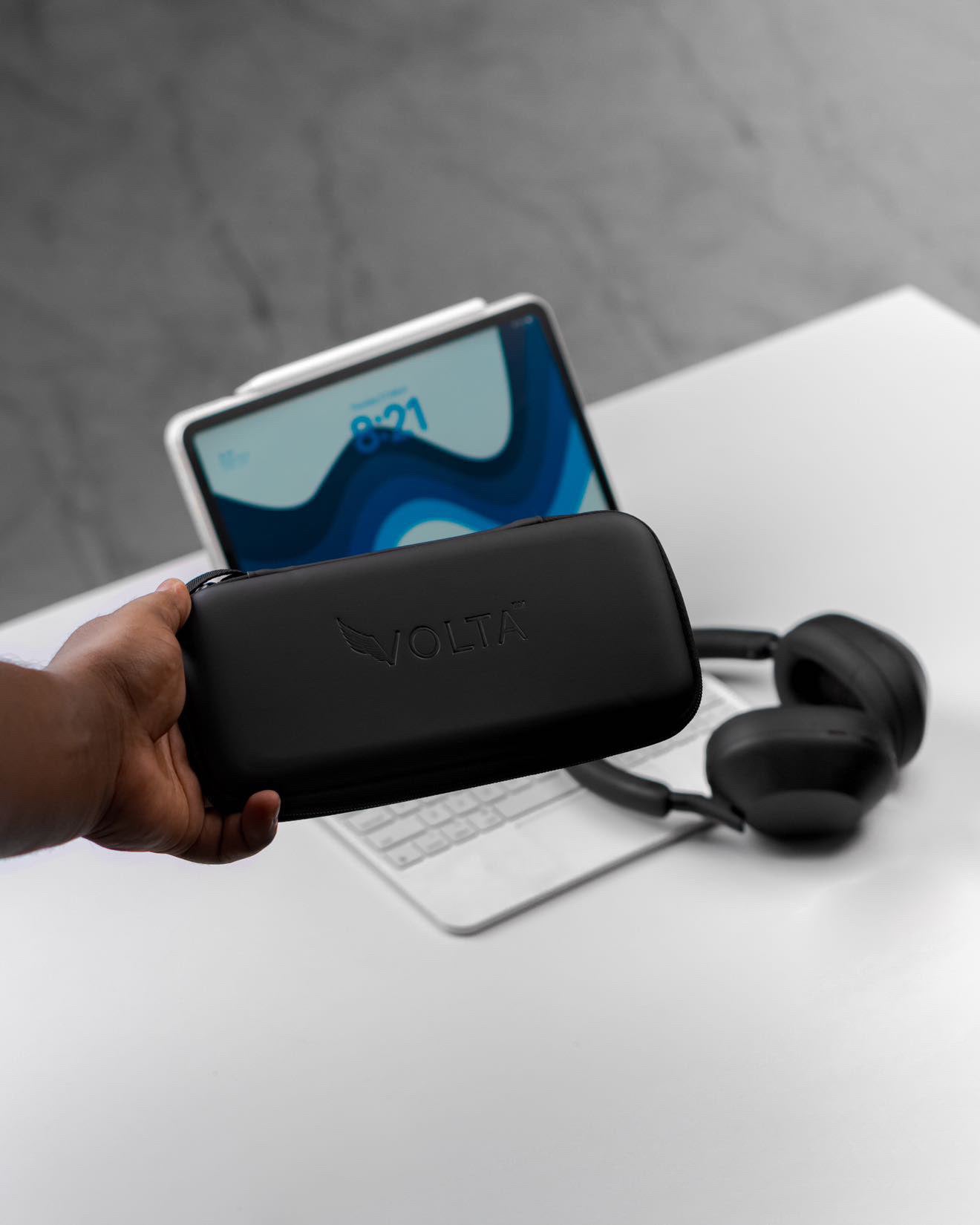
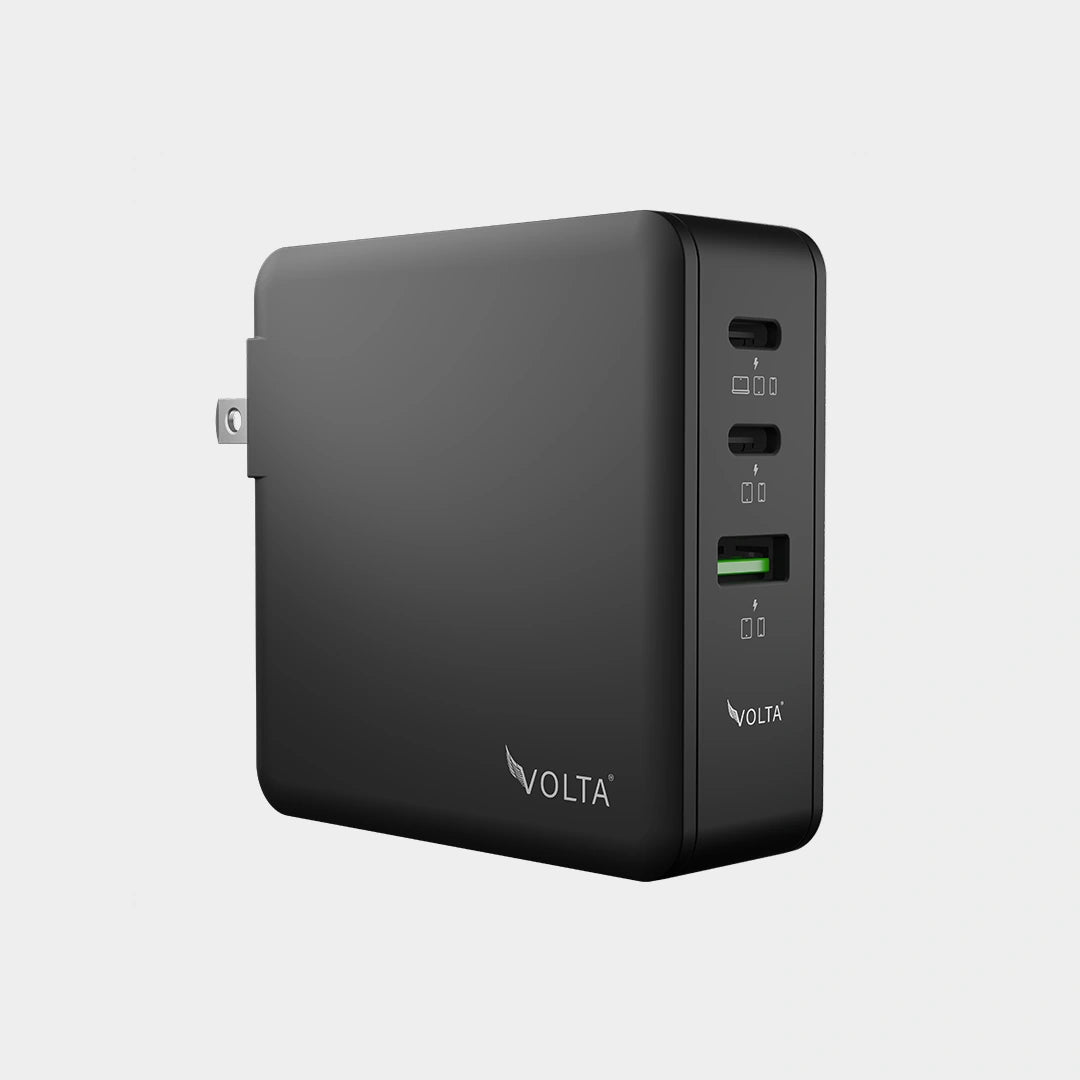
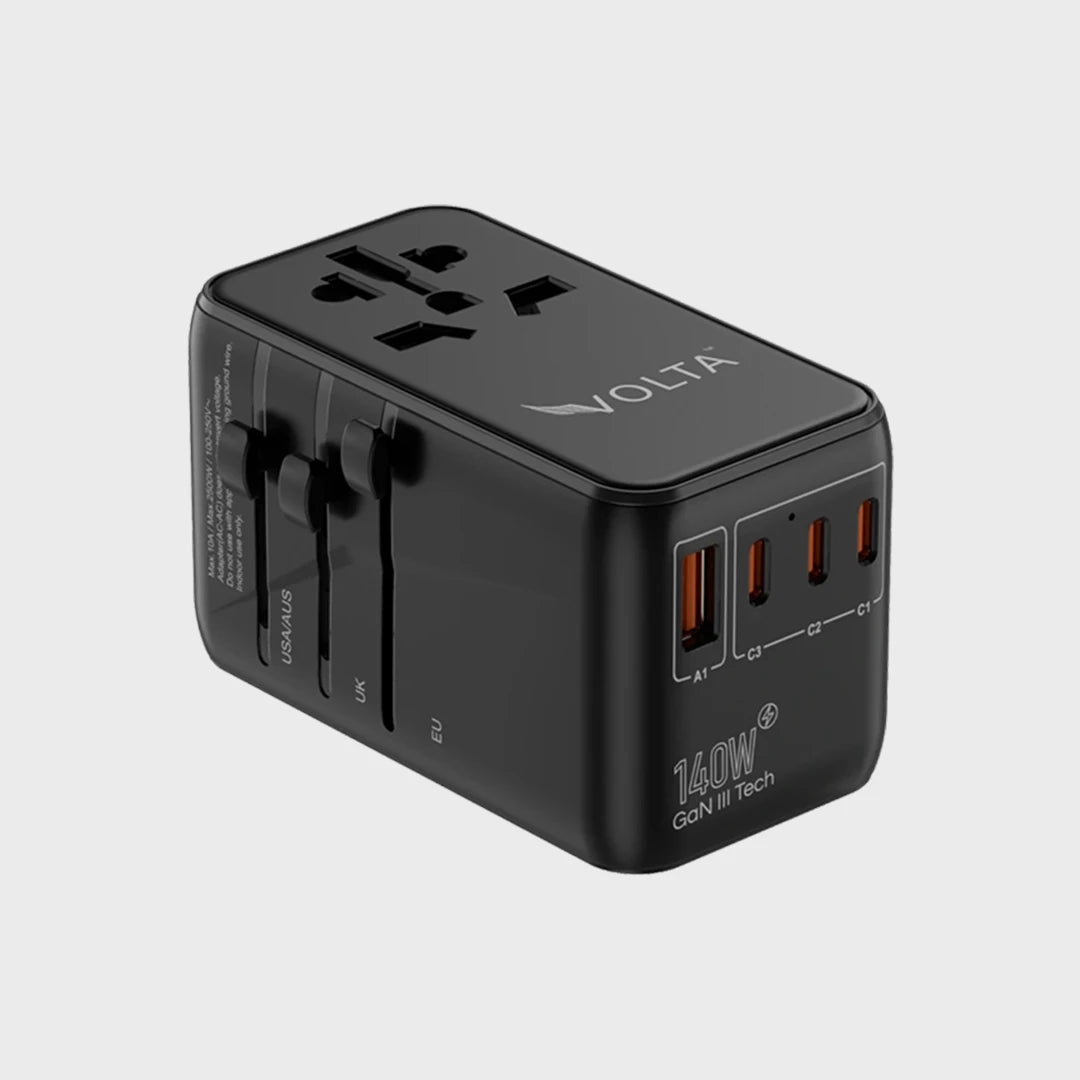
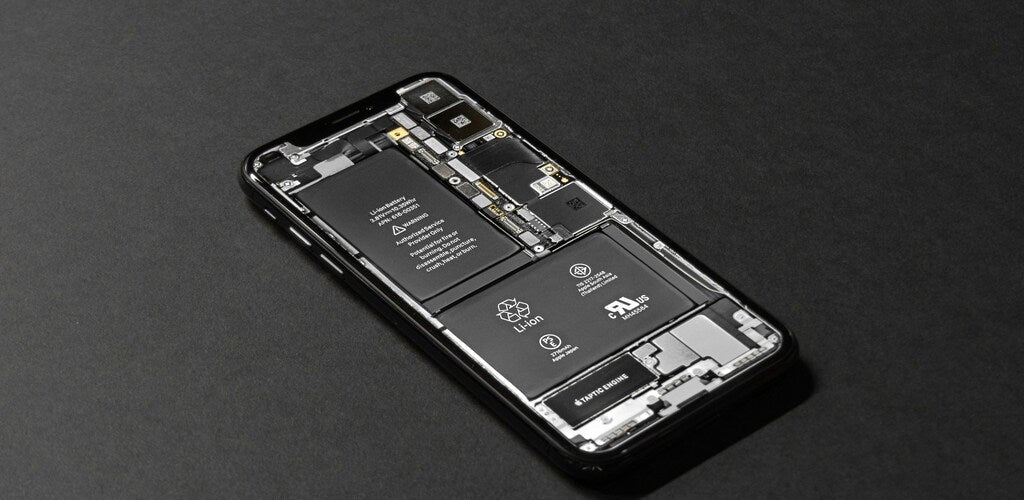
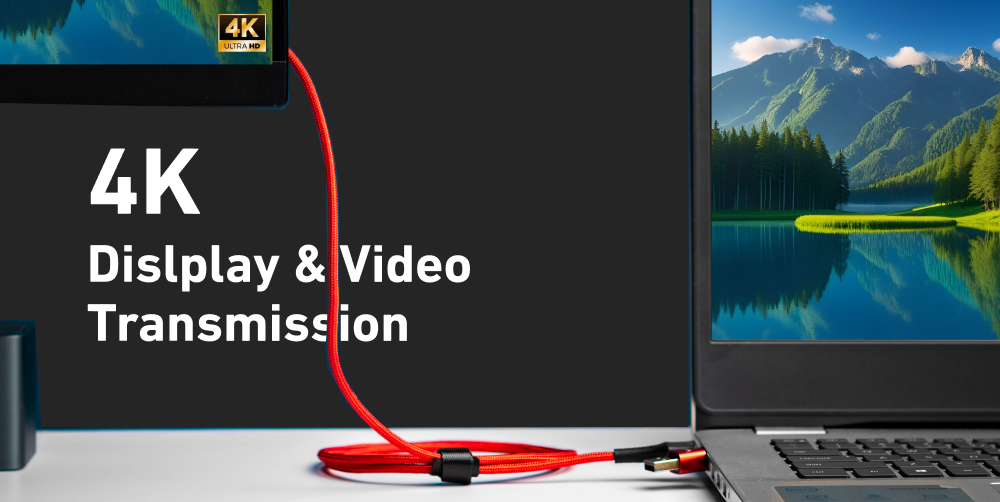
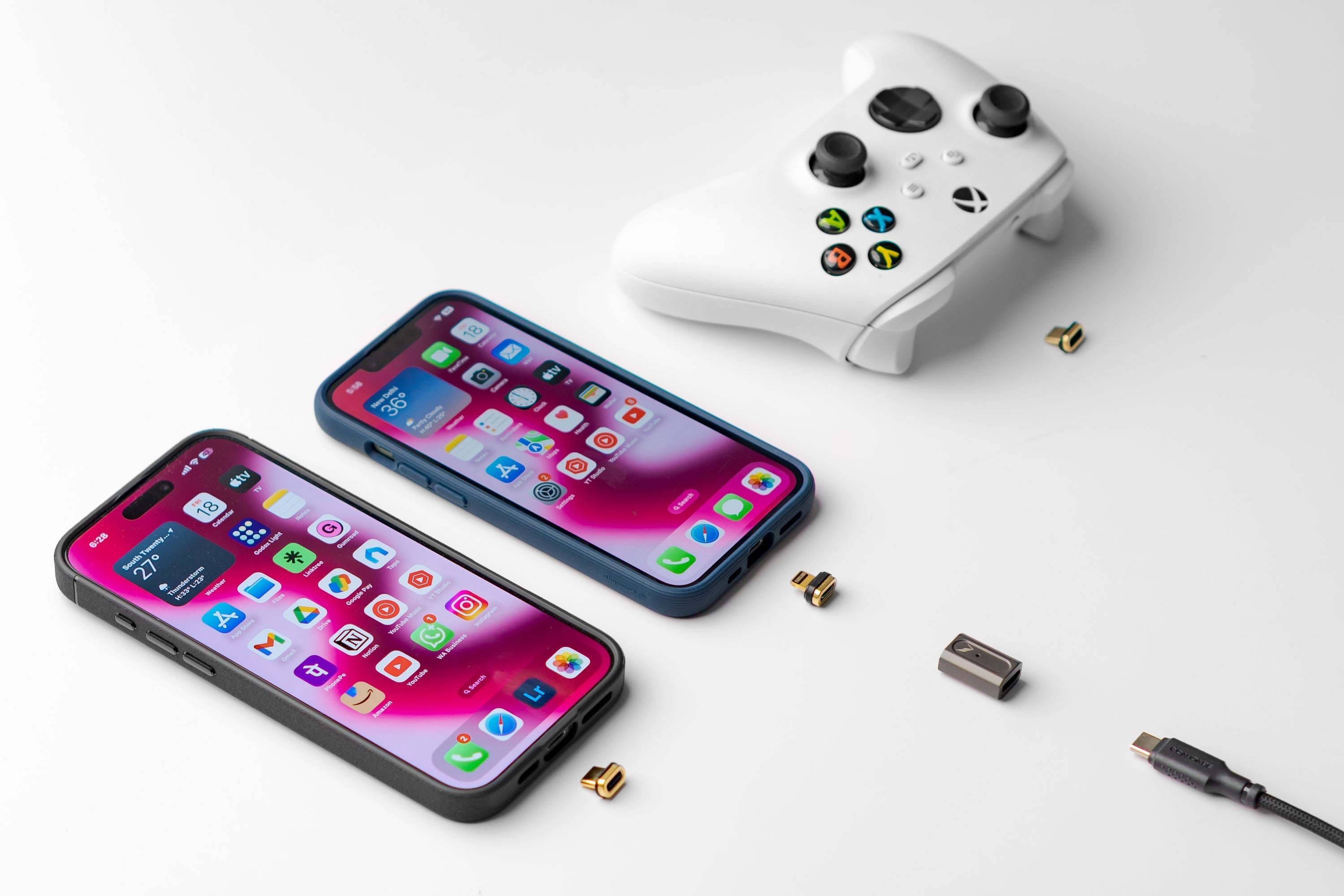
Leave a comment
This site is protected by hCaptcha and the hCaptcha Privacy Policy and Terms of Service apply.